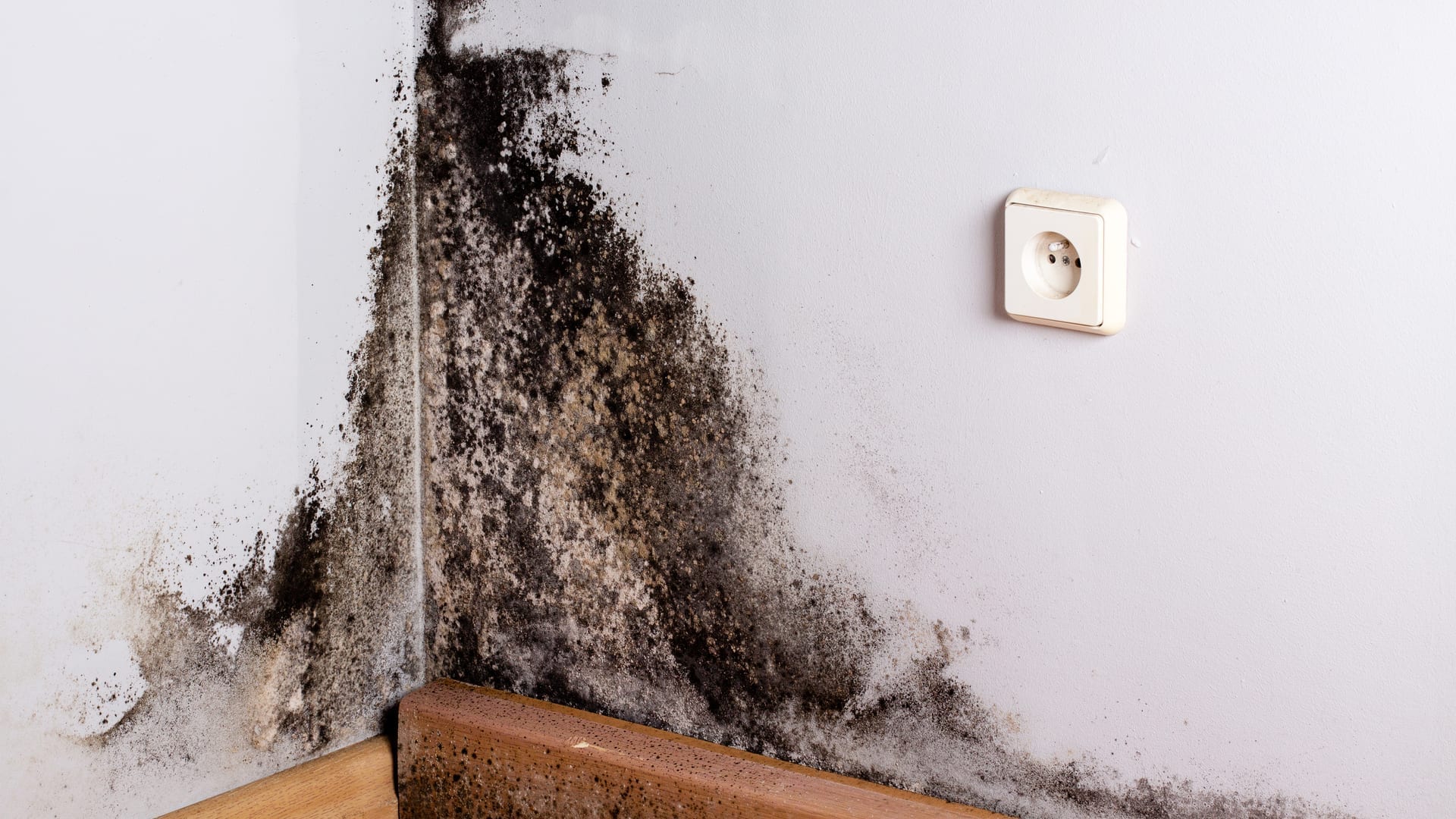
Should You Paint Over Mold?
Mold on the walls in your home can be an unsightly view and it may be tempting to just paint over it. However, mold can be a dangerous threat to your home and your health. Painting over it may seem like an easy fix, but that’s the issue. It’s just covering the problem rather than getting rid of it and going too long without treating mold can lead it to become more potentially harmful. Learn more about how mold grows, why it’s a big problem, and what you can do about it.
What is Mold?
Mold is a type of fungus that thrives and grows in moist places. A bathroom or basement are common places for mold because of their often-moist nature. There are different types of mold that can be fairly detrimental to one`s health. Mold can pose challenges to allergy or asthma sufferers, making it hard to breathe. Mold can also cause upper respiratory infections and skin irritation and, in serious cases, organ damage. There are various ways mold can affect your health, which is why it is important to destroy the source. When you hire professionals to remediate the mold, make sure they tell you where the moisture came from so you can fix the root of the problem and prevent it from happening again.
Signs of Mold
If you’ve recently moved into a new place and you think that your walls may have mold covered up under the paint, there are some telltale signs that can indicate mold growth, whether on a small patch of the wall or a large surface area. The signs may include bubbling, cracked, or raised paint in certain areas. The paint could also have yellowish stains, which indicates signs of water damage. They also may bubble or bow out in certain areas. If you suspect there is mold, take immediate steps to get rid of it. Protect your health by putting on a mask or respirator of some sort. Then call a professional to completely eradicate your mold problem.
How to Reduce the Chance of Mold
There are some tips to reduce the risk and growth of mold in your home.
- Reduce the use of humidifiers and make sure that your home doesn’t consistently have high levels of humidity.
- Keep the heat on in the winter! A warm house in cold weather reduces the production of moisture.
- Take care of any leaking areas and water damage spots quickly and thoroughly. Make sure you’re getting regular inspections and maintenance in your home, especially in areas that are more common for mold growth.
- Ensure there is good air circulation in the home. Open windows and doors to get proper airflow and avoid stagnant air.
Why You Shouldn’t Paint Over Mold
Painting over mold is a temporary solution to a serious problem. Mold is a danger to your health and it is important to remove it completely before beginning your paint job. For the best paint results, you want a clean and fresh surface, not one that is bubbling and damaged. If you find mold in your home, follow these steps:
1.) Analyze the area of damage and try to pinpoint the source of the damage
2.) Be sure to stay away from the affected area
3.) Promptly call a professional for removal of the mold
Painting over mold will only allow it to grow more, making the effects more damaging. There are types of paint that claim to be mold resistant, but it is best to just hire a professional service to remove the mold and make your home paint ready. Consider hiring a professional like the Painting Company to ensure your house isn’t just mold-free but looking great too.
